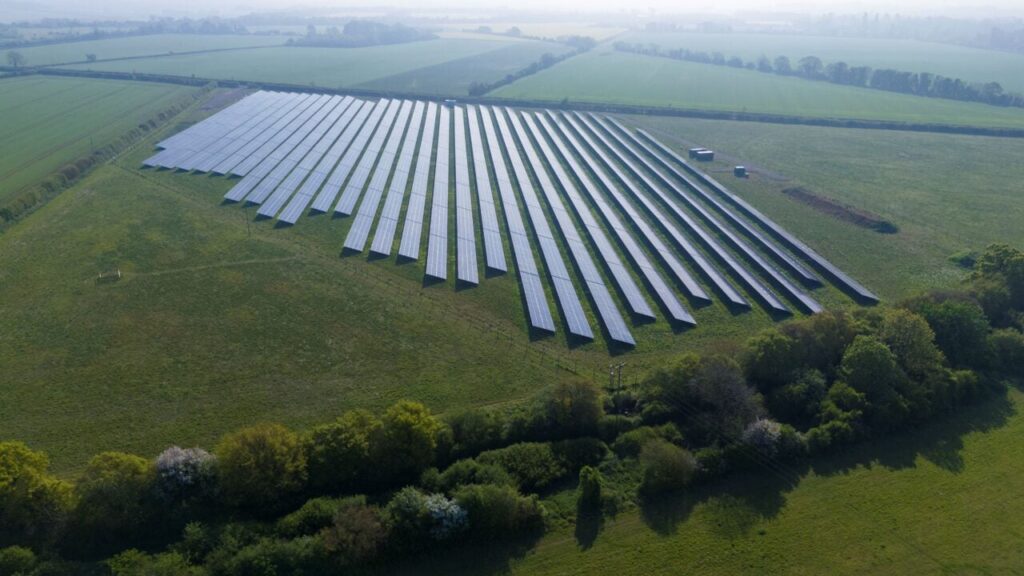Blenheim Estate has become a net generator of green energy after completing a solar energy plant that covers 20 hectares of the country of the estate.
The 7MW Weaveley Solar Park is the first ‘field scale’ project that is being built by Blenheim Estate as part of his plan to become net by 2027. The power plant is located on land northeast of Woodstock.
During the 30-year lifetime of development, sheep grazing will take place around the panels. The site is also open to school visits.
The solar -pv development mounted on the ground was built by Bouygues E&S Solutions Ltd. Work started on the site at the end of 2021, where the Benheim estate said at the time that the project would be completed in the spring of 2024.
However, with reference to “connectivity problems” with Scottish and southern electricity networks, the work was paused until August 2023.
Estates Managing Director Roy Cox said that the project has been a “fantastic learning process that we can apply to larger infrastructure projects in the future”, adding data and learning “good and bad” will be shared as the site ripens.
Cox also noticed an improvement of biodiversity on the site: “This country had previously had zero biodiversity and was exhausted from years of intensive agriculture, but we are already seeing an increase in the biodiversity of the site, thanks to a number of measures, including the flower and nectar-rich richmixes that have already sown, wild beehobit and blooming.”
The Blenheim Estate was called a UNESCO world heritage location in 1987 and joins a stock of historic buildings in the UK to adopt technologies for generating renewable energy.
Sandringham Solar
Last year, Sandringham House, owned by King Charles, submitted a planning application to the Borough Council of King’s Lynn & West Norfolk, for a PV development on solar energy with cumulative generation capacity of 2.1 MW.
The solar system supplies electricity to the three most important power consumers of the estate – the sawmill, visitor center and house. The existing infrastructure will be upgraded and adjusted as necessary as part of the project.
The building itself has already installed a PV -Array on the roof. The Castle of Edinburgh had mounted solar panels on its roof in 2022 by AES, which also installed solar thermal thermal on Balmoral Castle Royal Estate. The 31.5 kWp system is surrounded by a high parapet, which means that the panels are not visible from the castle site or other viewpoints in the city.

